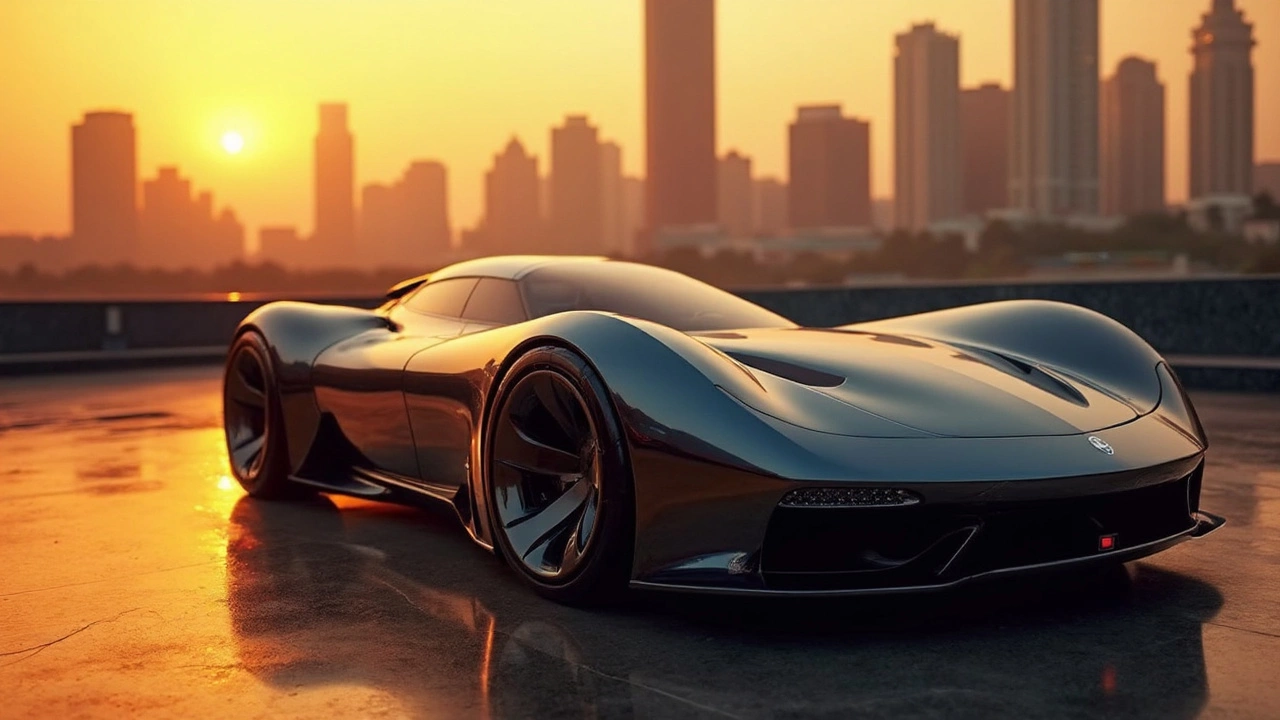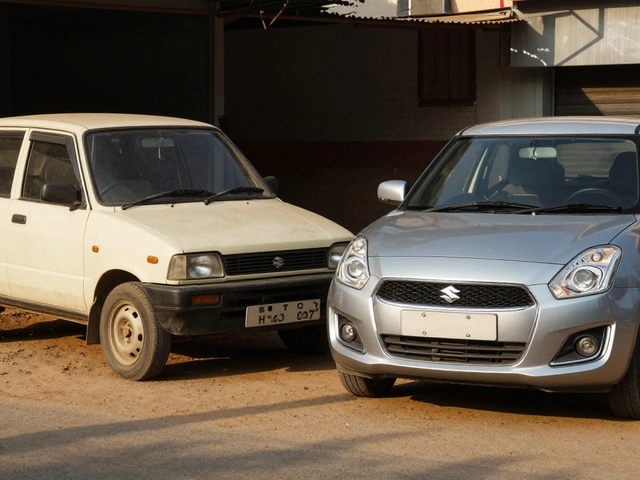High‑End Cars in India: What You Need to Know
If you love the feel of a powerful engine and a sleek design, India's luxury car market is finally catching up with global trends. In the past few years, the demand for premium vehicles has surged thanks to rising incomes, better financing, and a growing desire for status symbols. But buying a high‑end car here isn’t as simple as walking into a showroom. You’ll need to understand local taxes, import duties, and the best ways to keep your ride in top shape.
Top Luxury Models Popular in India
Most Indian buyers gravitate toward brands that combine performance with a strong service network. Mercedes‑Benz, BMW, Audi, and Jaguar Land Rover dominate the city‑center streets of Delhi, Mumbai, and Bangalore. Among the hottest models are the Mercedes‑E‑Class, BMW 5 Series, Audi A6, and the new Jaguar I‑Pace electric SUV. These cars offer a mix of advanced tech, comfortable interiors, and a reputation that matches the price tag. If you prefer something more exotic, the Porsche 911 and Tesla Model S are gaining traction, although they come with higher maintenance costs.
How to Import a High‑End Car to India
Importing a luxury vehicle can save you money on the base price, but you must factor in customs duties, GST, and registration fees. The standard import duty for fully built cars is 125% of the car’s value, plus 28% GST on the total. Some states offer lower registration fees if the car meets emission standards or is an electric model. The process starts with a reliable shipping agent who handles the ocean freight, insurance, and documentation. Once the ship arrives, you’ll need to clear customs, pay the duties, and get a no‑objection certificate (NOC) before the Regional Transport Office (RTO) can register the vehicle.
Many buyers choose the “grey‑market” route, where the car is imported by a third party and sold at a slightly higher price than the original maker’s dealership. This can cut down on the dealer markup, but it also means you might have limited warranty coverage. Always verify the vehicle’s condition, mileage, and service history before signing any agreement.
Financing a high‑end car in India is easier than it used to be. Banks and NBFCs now offer loans up to 90% of the car’s on‑road price with flexible tenures. Some manufacturers also provide in‑house financing with lower interest rates if you buy directly from an authorized dealer. Remember to compare the effective annual rate (EAR) across lenders to avoid hidden costs.
Maintenance is another big factor. Luxury brands have specialized service centers in major metros, but the cost of spare parts can be steep. Keeping your car on a regular service schedule not only ensures performance but also protects resale value. If you’re considering an electric luxury model, look for charging infrastructure in your city and any government incentives for EVs.
In short, owning a high‑end car in India is a blend of status, excitement, and careful planning. Know the total cost of ownership, weigh dealer versus import options, and pick a model that matches your lifestyle and budget. With the right research, you’ll enjoy the thrill of a premium ride without unpleasant surprises.
India's Priciest Car: The Pinnacle of Luxury
India's most expensive car is the epitome of luxury and performance, showcasing breathtaking design and unparalleled features. This article explores not only the price tag of this stunning vehicle but also the incredible craftsmanship and technology that justify its cost. Discover fascinating facts and expert tips on what makes this car stand out in the Indian market. This isn't just a car; it's a statement on wheels.
Read More




